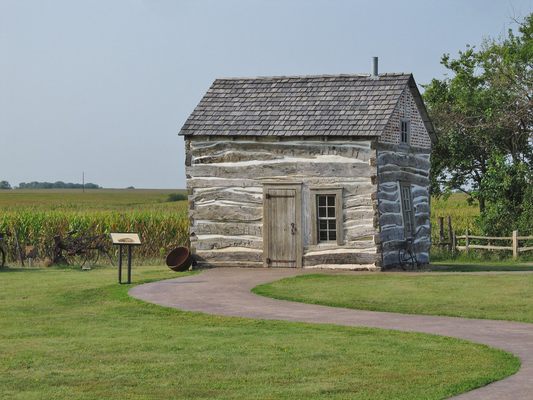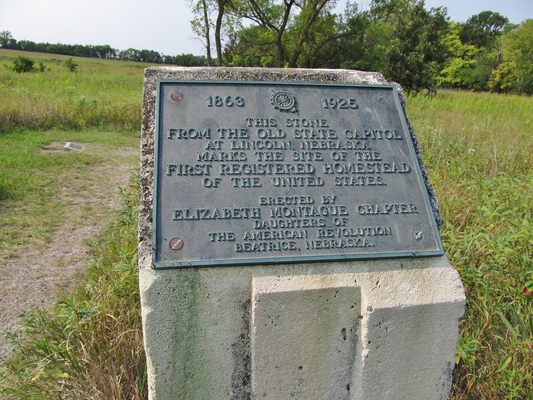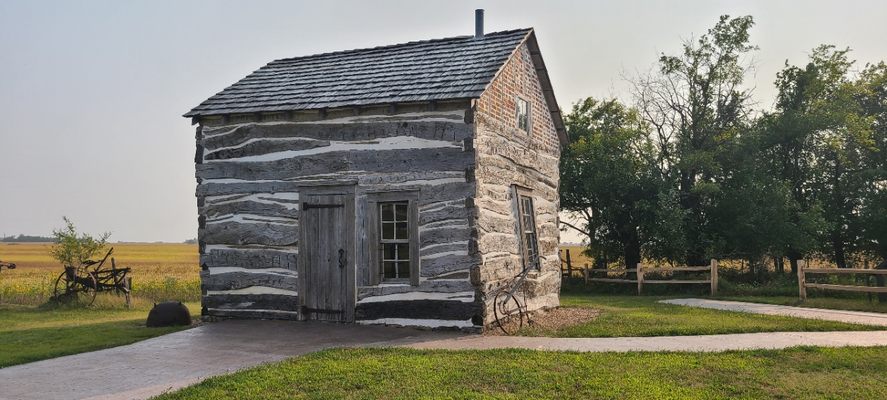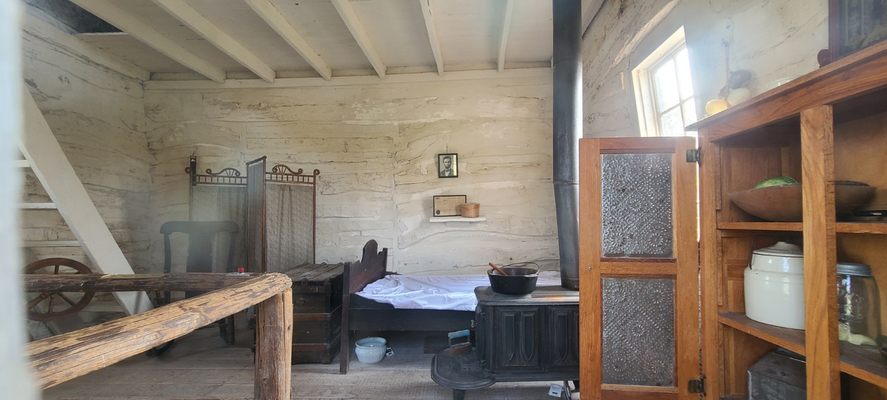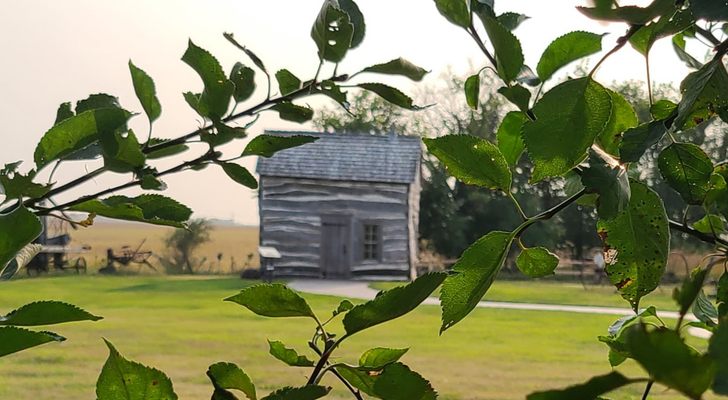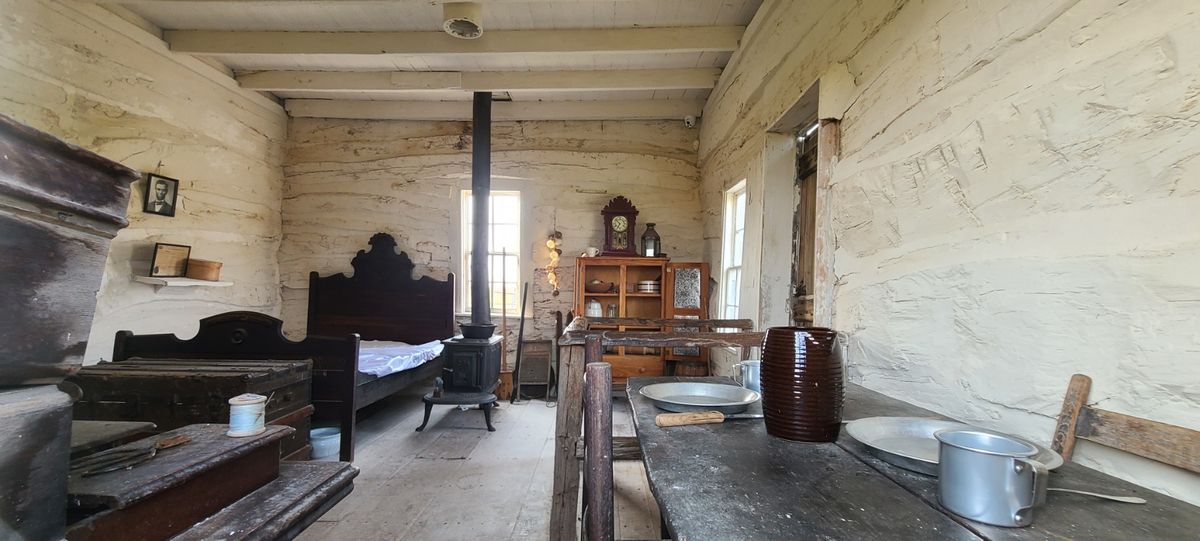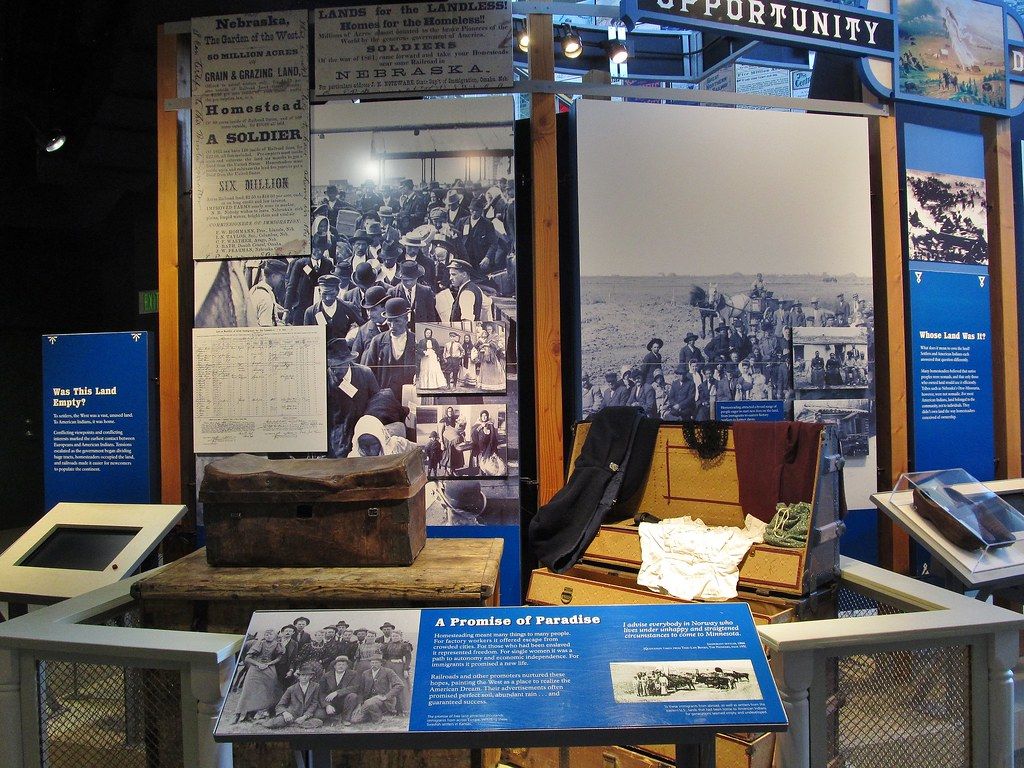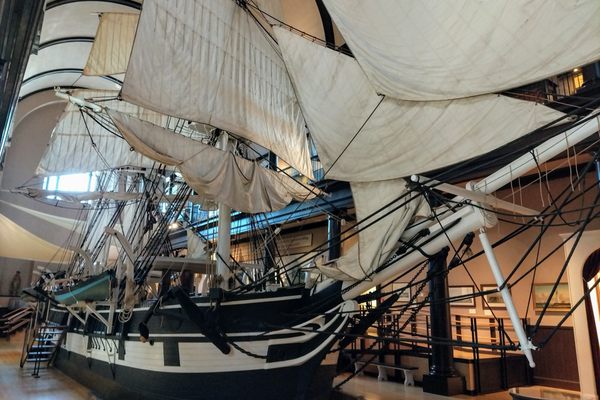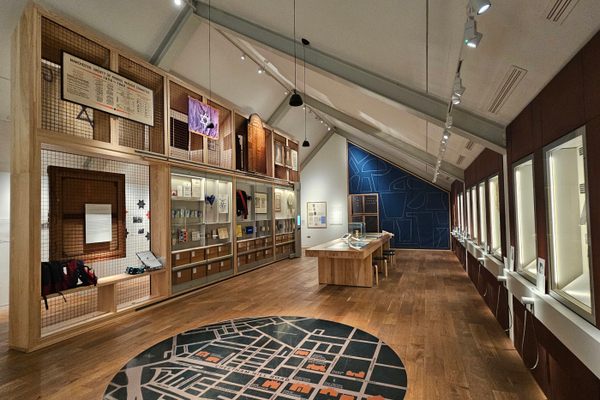About
When traveling throughout the states that make up the Great Plains, stopping by the Homestead National Monument in Nebraska is a must.
In 1862, President Abraham Lincoln signed into law the Homestead Act, which allowed millions of people to settle on open government land covering current states such as Kansas, Nebraska, Wyoming, Montana, and Colorado. Settlers were allowed to cultivate, live on, and improve upon the land. This was known as "proving up," and after five years of such improvements, they were rewarded with a deed. Daniel Freeman is considered the first homesteader in the United States. It's said that Freeman filed his claim 10 minutes after midnight on January 1, 1863, the first day the act went into effect. The land he claimed is now a beautiful example of what the prairie once looked like.
The welcome center sits atop a hill that overlooks most of Freeman's land and resembles an up-side-down plow. Inside are wonderful displays of tools, everyday items, and photos of what life was like when the frontier was still being cultivated. The schoolhouse where Freeman's wife led children through the Great Blizzard of 1888 (also known as the Schoolchildren's Blizzard) still stands today.
There are several paths throughout the prairie grasses, and an authentic log cabin for visitors to explore. It's a really a great place to learn about an important, but often overlooked, piece of America's history.
Related Tags
Know Before You Go
In the summer, they host "Homestead Days" with demonstrations and activities. If you go, make sure to take sunscreen, bug spray, and walking shoes. Kids will almost certainly wear themselves out running in the wide-open spaces so plan on a quiet trip home.
Published
March 11, 2020
